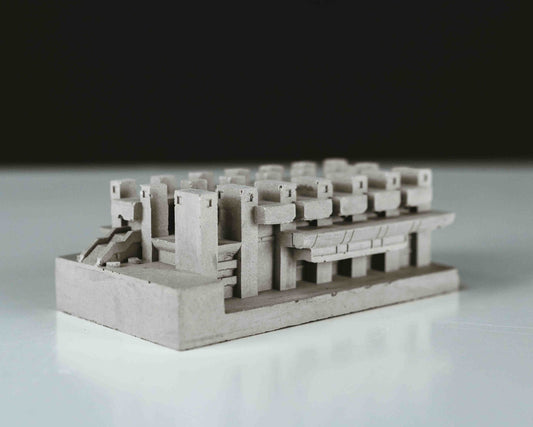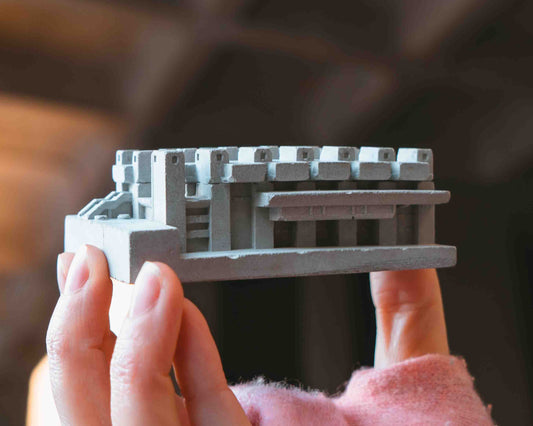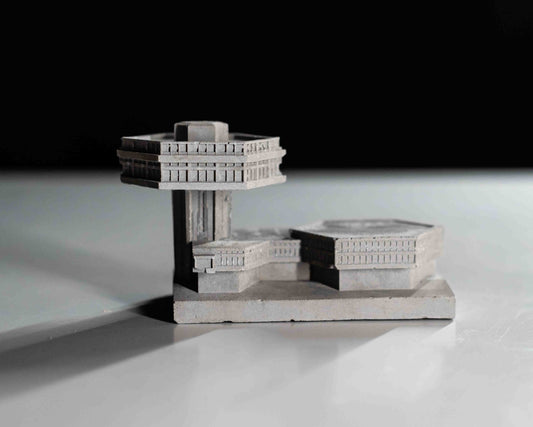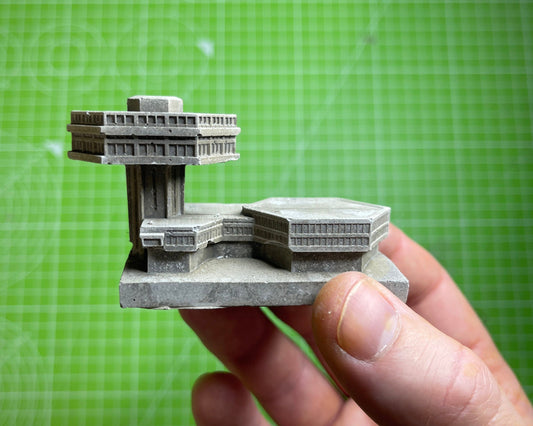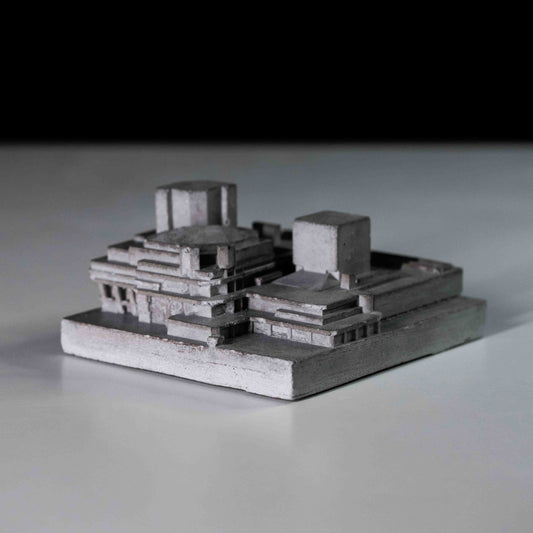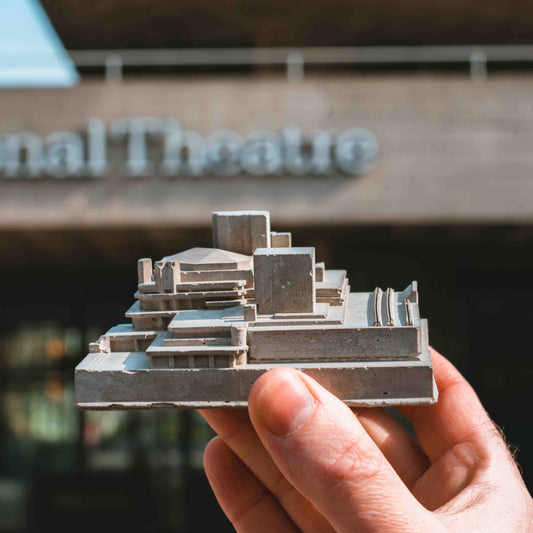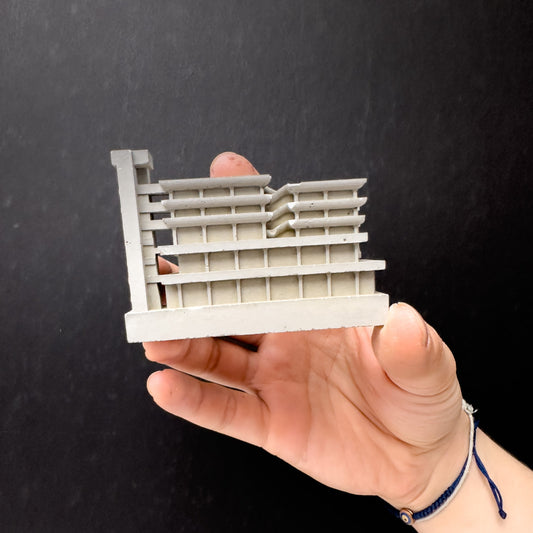Scroll to Explore my Story's Layers
LAYER 0:
Where It Really Started
They say the place you live between the ages of five and seven leave a life-long mark.
For me, that was concrete playgrounds, post-war school buildings, curb edges, and hard city surfaces. I remember tracing the edges of walls, climbing on railings and along concrete blocks, learning about the world through touch and form and rhythm.
I didn’t have the language for it then, but I was already building a relationship with space. The kind shaped by solid edges and urban forms. The kind that makes you feel secure and seen.
Later it was skateboarding—always in search of the smoothest surfaces, the best kerbs and ledges. Always in the city. Always drawn to concrete.
I think that’s where Spaceplay really started. Not with architecture school. Not with any plan. But with a child’s connection to a place that felt solid and real.
"I wanted Something that felt closer to designing as play.
Something that could reconnect me to making."
LAYER 1:
The Tools and the Tension
Studying architecture felt like a natural path. I loved drawing, the CAD work, the model-making. I loved turning an idea into something you could see and even touch.
But the deeper I went into architectural practice, the more digital and distant it all became. There was less making. Less contact. Fewer ways to actually hold the work in your hands. That disconnect stayed with me.
After being made redundant during a downturn, I decided not to re-enter the industry. I wanted to create something inspiring. Something that felt closer to designing as play. Something that could reconnect me to making.
LAYER 2:
A Space to Play
So I gave myself a timeframe, a small budget, and an open door.
Along with two friends, I started experimenting. No real plan. No product. We wanted to test ideas. Laser cutters, 3D printers, architectural model-making. Physical, tactile, process-driven work. Nothing too polished. Everything informed by the mindset of architecture, but free from its constraints.
That’s how Spaceplay began. A space to play with process, to rediscover the joy of making something real.
"They weren’t cold. They weren’t lifeless.
They had texture. They had history. And for me, they had a kind of quiet heroism. The underdogs of architecture."
LAYER 3:
Finding the Underdog
I didn’t set out to celebrate Brutalism. But I kept circling back to it.
Not the glossy new builds, but the buildings people had stopped looking at. Car parks, housing blocks, underpasses. Places full of presence, rhythm, and memory.
To me there was something moving about them. They weren’t cold. They weren’t lifeless. They had texture. They had history. And for me, they had a kind of quiet heroism. The underdogs of architecture.
Slowly, Spaceplay shifted: from experiments in model-making to artistic tributes to these overlooked giants. Miniatures of iconic places that shaped the urban experience and the everyday memories of cities.
LAYER 4:
What It Means Now
Today, Spaceplay is still small, still slow, and still personal.
Everything is made by hand in my UK-based studio. Each model starts with deep architectural research and ends with something tactile, weighty, and lasting.
I make these pieces to hold memory. To help people feel closer to the places that shaped them.
Architecture isn’t something distant. It’s the backdrop to our special moments and memories. And sometimes, the parts you’re told to ignore are the ones worth remembering most.
Brutalism = Beautiful
Hold a Memory in the Palm of Your Hand as a Miniature Brutalist Model
Want to Find Out More?
Click on the links below for even more insights






